
Public Voting for the RAU Awards 2025 Has Begun

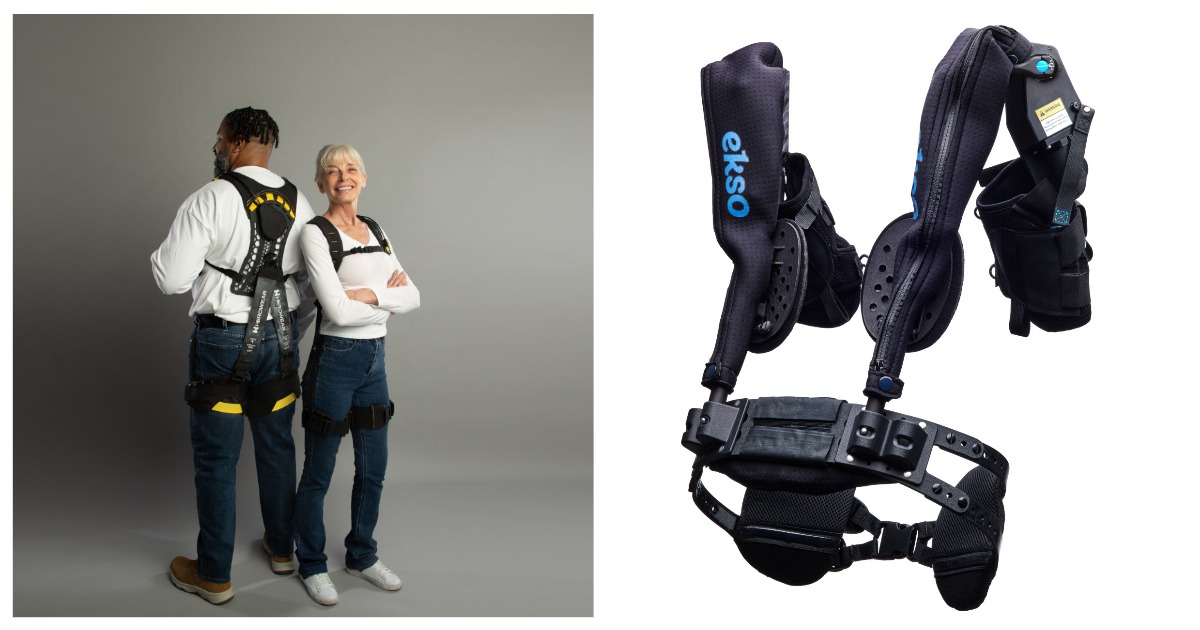
 15.05.2025 08:30
15.05.2025 08:30The landscape of retail and warehousing operations, while vital to the global economy, has long been characterized by physically demanding tasks that place significant strain on personnel. From the towering shelves of vast distribution centers to the bustling backrooms of retail stores, workers routinely engage in activities involving heavy lifting, repetitive motions, and awkward postures. However, a groundbreaking innovation is poised to transform this reality: industrial exoskeletons. These wearable technologies offer the potential to revolutionize workplace safety, mitigate the physical toll on employees, and address the growing challenges of labor shortages in the retail sector.
Understanding the critical need for such innovation requires a closer examination of the specific operational demands within warehouses and stores. In warehouses, several key tasks necessitate significant physical strength and expose personnel to heavy loads. Order picking, where workers manually retrieve items of varying weights and sizes from storage locations, often involves lifting and carrying substantial loads over considerable distances. Palletizing and depalletizing, the stacking and unstacking of goods on pallets, demand significant upper and lower body strength. Loading and unloading trucks, particularly without the aid of automated systems, places immense pressure on workers’ backs and limbs. Similarly, tasks like moving heavy boxes, operating manual material handling equipment, and maintaining inventory in high or low storage areas contribute to the cumulative physical burden.
Within retail stores, while the scale of individual items might be smaller, the repetitive nature and awkward postures involved in certain tasks can be equally taxing. Stocking shelves, especially with bulky or heavy items like beverages or pet food, requires frequent lifting, bending, and reaching. Moving and arranging displays, often involving shifting heavy mannequins or display units, demands considerable physical effort. Managing deliveries in the backroom, including unloading boxes and transporting them to the sales floor, mirrors some of the physical demands of warehouse operations. Even seemingly lighter tasks, when performed repetitively throughout a shift, can contribute to musculoskeletal disorders over time.
The cumulative effect of handling heavy loads and weights on operational staff in both stores and warehouses is significant and multifaceted. Physically, workers are susceptible to a range of musculoskeletal disorders (MSDs), including back pain, neck strain, shoulder injuries, and carpal tunnel syndrome. These conditions not only cause individual suffering and reduced quality of life but also lead to increased absenteeism, lost productivity, and higher healthcare costs for employers. The constant strain and fatigue can also impact workers’ overall physical well-being and increase the risk of acute injuries.
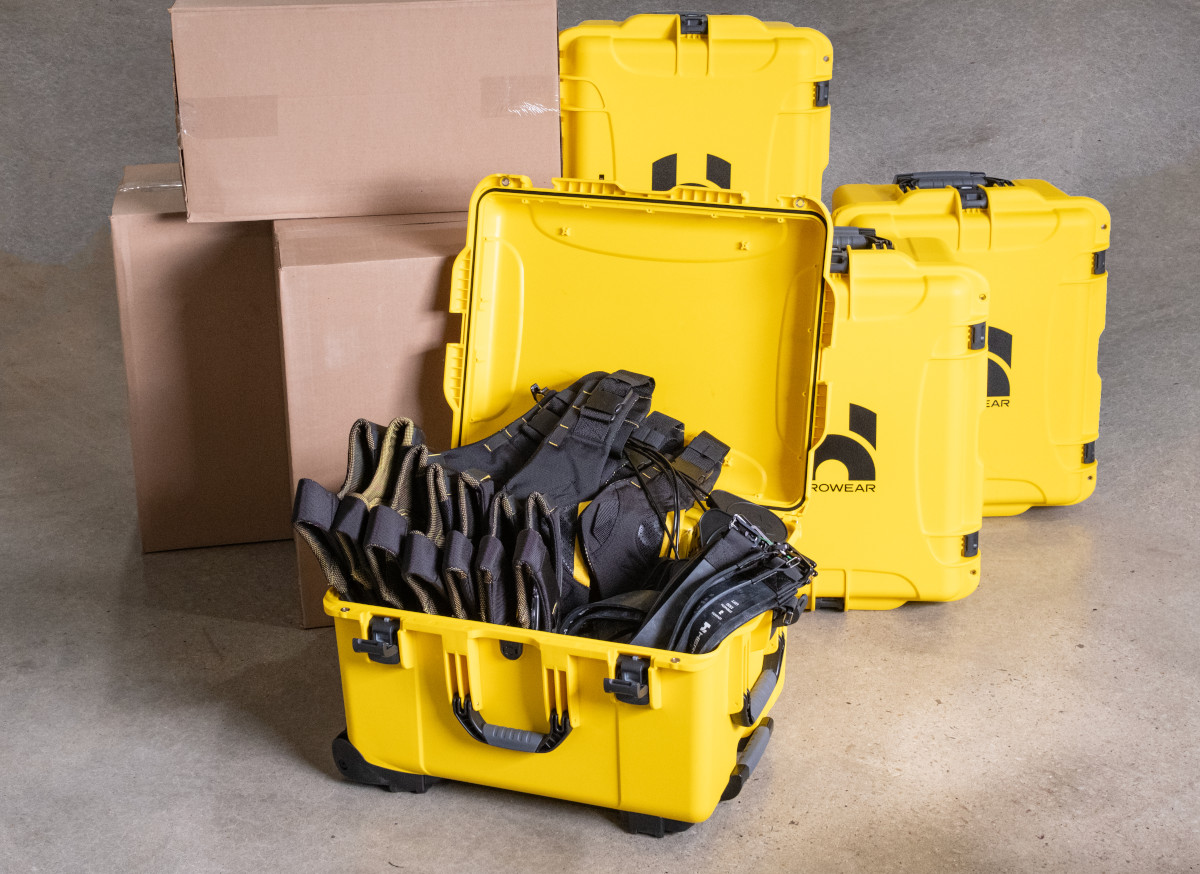
Beyond the physical toll, the demanding nature of these jobs contributes to the growing personnel shortage observed in the retail and warehousing sectors. Several factors underpin this trend. Firstly, the perception of these roles as physically arduous and low-paying deters many potential candidates. Younger generations, in particular, may be less inclined to pursue careers involving heavy manual labor. Secondly, the high rates of injury and burnout associated with these jobs lead to increased turnover, creating a constant need for recruitment and training. Thirdly, the rise of e-commerce and the subsequent surge in demand for warehouse and fulfillment center workers have intensified competition for labor. Finally, an aging workforce, coupled with the physical demands, leads to earlier retirements and a shrinking pool of experienced workers. Retailers and logistics companies are increasingly recognizing that relying solely on human strength is unsustainable in the face of these challenges.
Enter industrial exoskeletons, a promising technological solution. These are wearable mechanical devices designed to augment human strength, endurance, and posture. They come in various forms, ranging from passive devices that provide support and reduce strain through clever mechanical design to active or powered exoskeletons that utilize motors and actuators to provide significant force assistance.
In the context of retail operations, industrial exoskeletons offer a range of applicable solutions. Passive exoskeletons, particularly those focusing on back and shoulder support, can be invaluable for tasks involving repetitive lifting and bending during shelf stocking or handling deliveries in the backroom. These devices redistribute weight and provide postural support, reducing the strain on vulnerable joints and muscles.
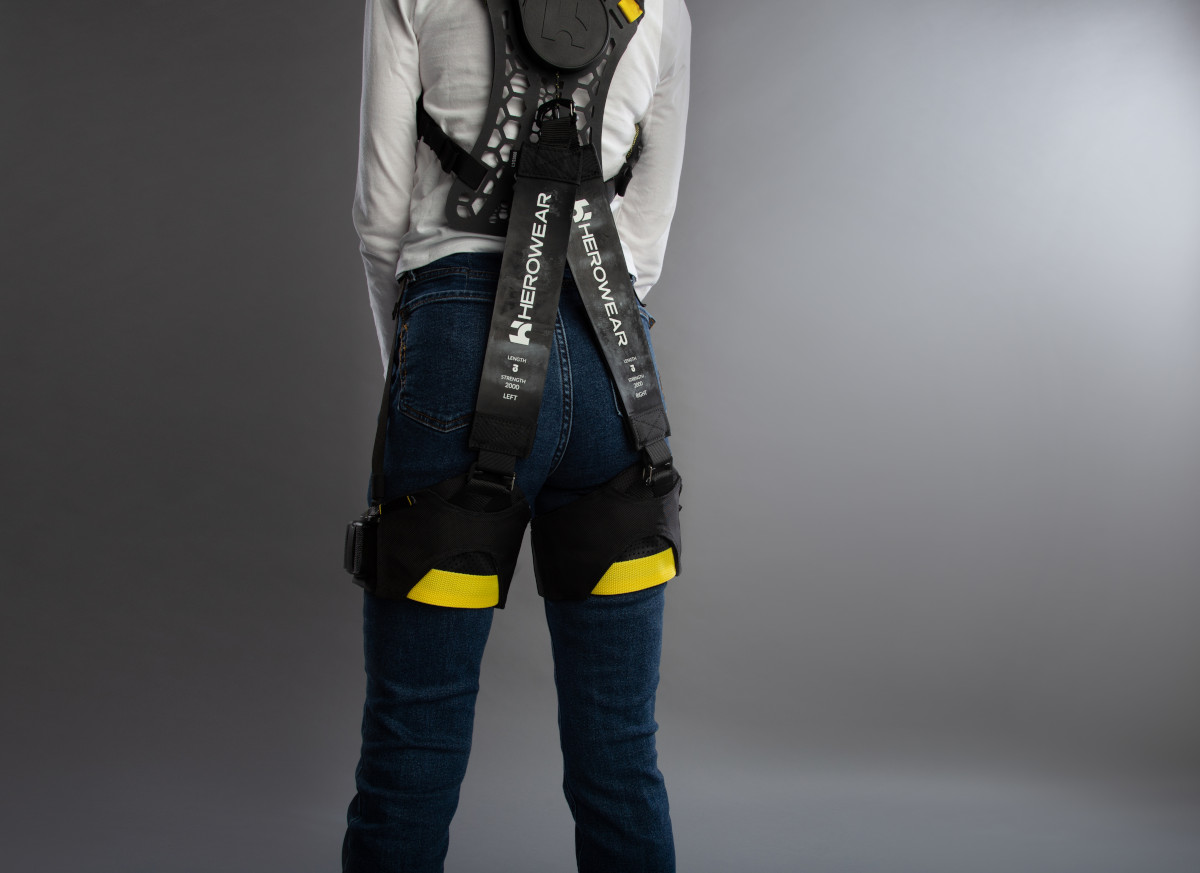
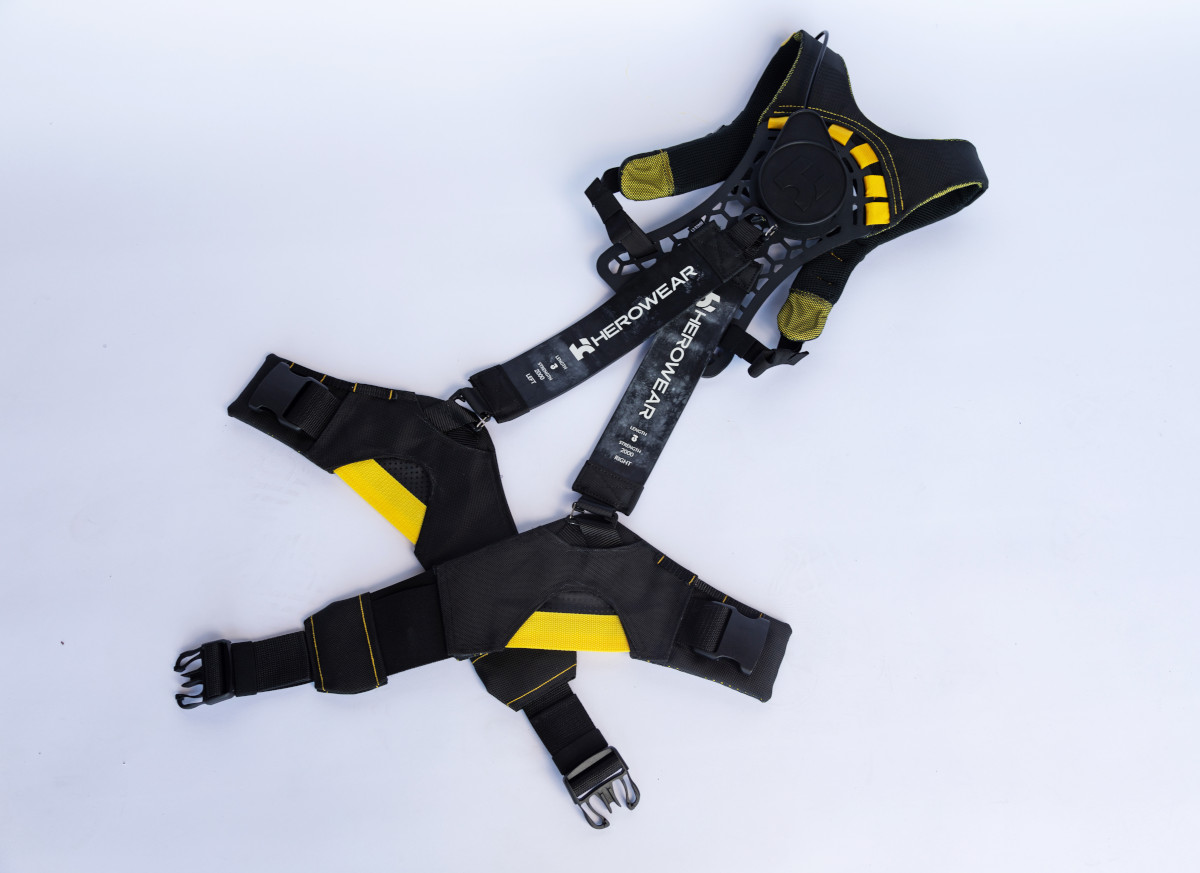
Active exoskeletons, while currently less prevalent in retail due to cost and agility considerations, hold potential for tasks involving moving heavy displays or assisting with inventory management in larger store formats. For example, a lightweight active exoskeleton could assist an employee in safely lifting and positioning heavy mannequins or transporting bulky items across the store floor.
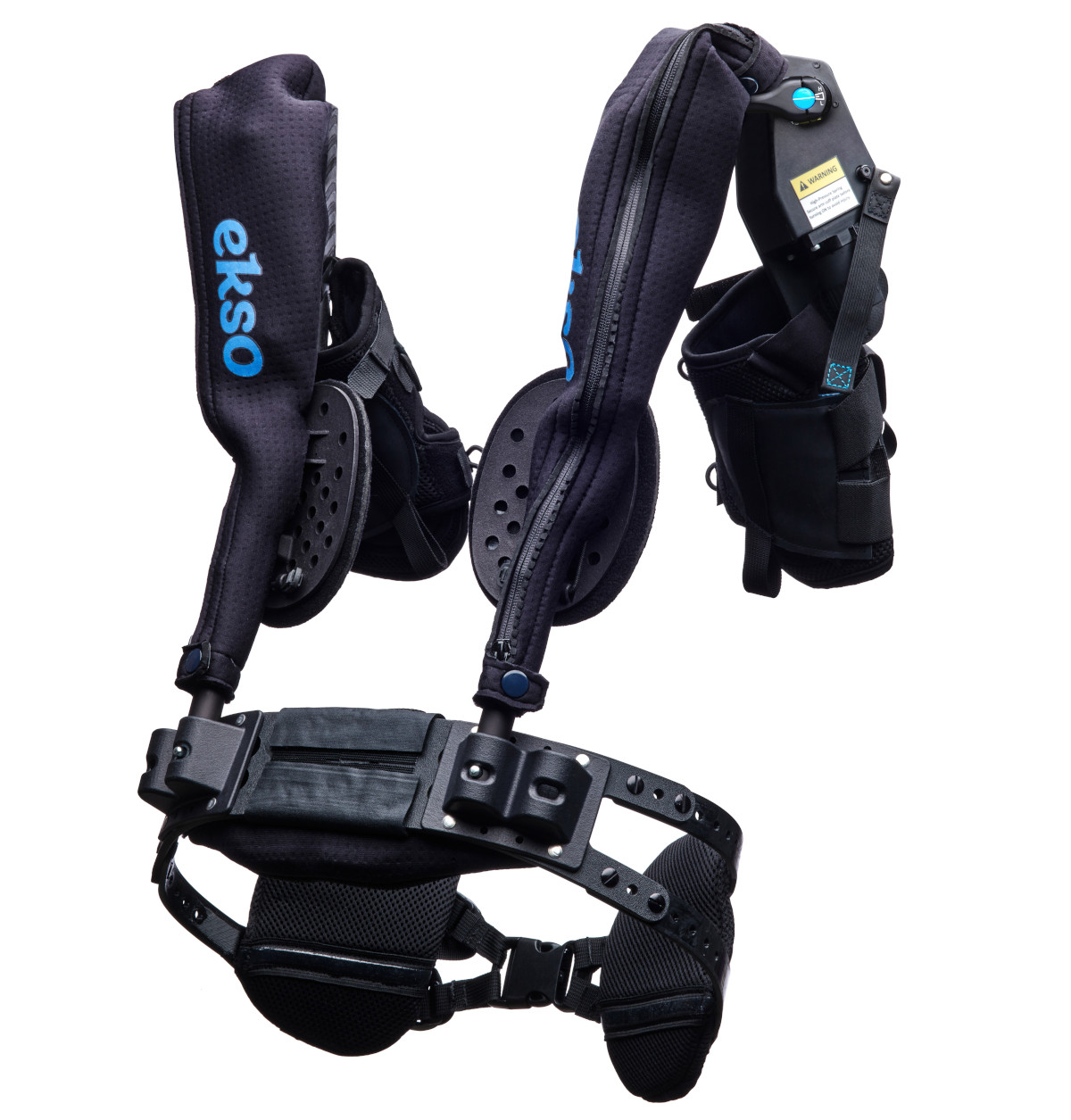
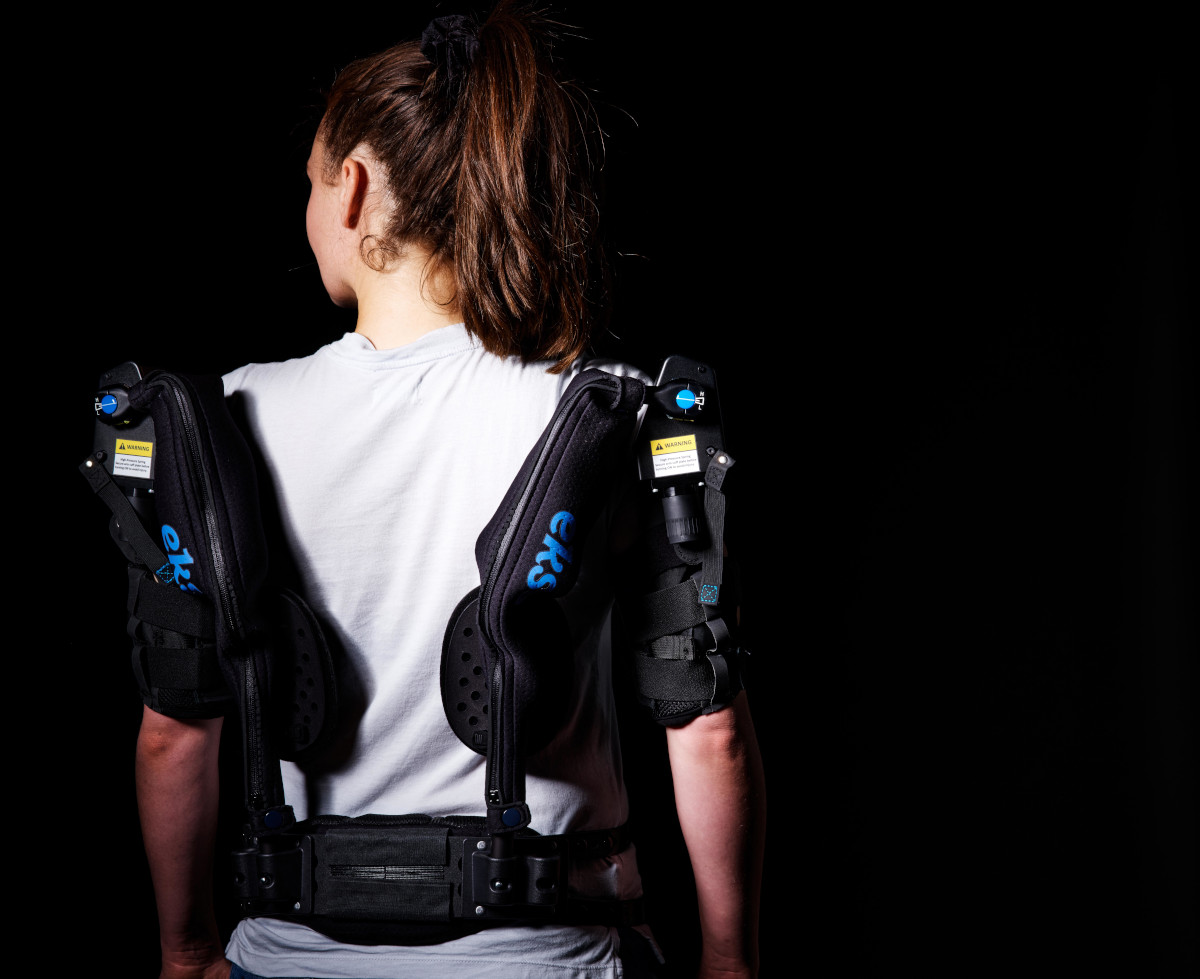
In warehouses, the applicability of industrial exoskeletons is even more immediate and impactful. Passive exoskeletons can significantly aid order pickers by reducing back strain during repetitive bending and lifting. They can also support workers involved in palletizing and depalletizing by providing lumbar and core stabilization. Active exoskeletons, particularly those focusing on lifting assistance for the arms and legs, can dramatically reduce the effort required for tasks like loading and unloading trucks or handling heavy boxes. These powered devices can effectively multiply an individual’s lifting capacity, making traditionally strenuous tasks significantly less physically demanding.
Looking towards the future development and use of industrial exoskeletons in retail chain operations, several trends are emerging. We can expect to see the development of lighter, more ergonomic, and more affordable exoskeleton designs that are specifically tailored to the unique demands of retail and warehousing environments. Advancements in sensor technology and artificial intelligence will likely lead to smarter exoskeletons that can adapt to the user’s movements and provide assistance only when and where it is needed most, optimizing energy efficiency and user comfort.
Furthermore, the integration of exoskeletons with other technologies, such as wearable sensors and data analytics, will provide valuable insights into worker biomechanics and identify tasks with the highest risk of injury. This data can inform training programs, optimize workflows, and facilitate proactive interventions to prevent MSDs.
The future may also see the development of task-specific exoskeletons designed for particular roles within the retail and warehousing ecosystem. For instance, an exoskeleton optimized for shelf stocking might prioritize agility and upper body support, while a warehouse loading exoskeleton would focus on heavy lifting capacity.
While widespread adoption is still in its early stages, several retailers have already begun exploring and implementing industrial exoskeletons in their operations:
● Ikea: A significant early adopter, Ikea has introduced over 400 exoskeletons in 14 countries. These passive devices, developed by Ottobock, are used in logistics and warehouse work to reduce physical strain during lifting and carrying tasks. Employees have reported reduced strain on muscles and joints and improved posture. Ikea plans to expand the use of exoskeletons to other countries.
● The Witt Group: This German multi-channel retailer is currently testing exoskeletons in its logistics department. They are evaluating different models from Auxivo to support back, hip, and shoulder muscles during tasks like incoming goods processing, replenishment, and outgoing shipments. Employee feedback during the trial phase has been positive.
● DB Schenker: As a major logistics service provider working with various retailers, DB Schenker has also been exploring the use of exoskeletons in their warehouse operations to support workers during lifting and handling tasks.
● Lowe’s: The home improvement retail giant’s Innovation Lab trialed “exosuits” with stocking staff in 2017. These passive devices are aimed to assist with the repetitive lifting and movement of heavy items on store shelves. While the scale of current implementation isn’t widely publicized, the initial trial indicates an early interest in the technology within a major retail environment.
● Carrefour: Some reports indicate that this major international retailer has explored the use of exoskeletons in their warehouses to assist with order picking and other physically demanding tasks, although specific details and scale of implementation may vary by region.
● Ocado: This online grocery retailer, known for its highly automated warehouses, has also reportedly experimented with exoskeletons to support manual tasks that still exist within their fulfillment centers, demonstrating the technology’s potential even in advanced logistics environments.
● Aldi: Similar to other major grocery chains, Aldi has reportedly investigated and trialed exoskeletons in some of their distribution centers to aid with tasks involving heavy lifting and repetitive movements, aiming to improve worker safety and efficiency.
These real-world examples demonstrate the growing recognition of the benefits of industrial exoskeletons in mitigating physical strain and improving workplace safety within the retail and logistics sectors. As the technology matures and costs decrease, we can expect to see even wider adoption across retail chain operations.
Ultimately, the widespread adoption of industrial exoskeletons in retail chain operations holds the promise of creating safer, more efficient, and more sustainable workplaces. By mitigating the physical demands of strenuous tasks, these innovative technologies can reduce the incidence of injuries, improve employee well-being, enhance productivity, and make these essential industries more attractive to a wider pool of potential workers. As the technology continues to evolve and become more accessible, industrial exoskeletons are poised to become an indispensable tool in revolutionizing workplace safety and shaping the future of retail and warehousing operations.
Interested in exploring how industrial exoskeletons can enhance your operations or in testing our solutions? Reach out to us at https://www.c4r.eu/ . As a leading innovator in retail technology and an official distributor and partner of Technomex, we offer cutting-edge equipment designed to simplify daily tasks for your workforce.





